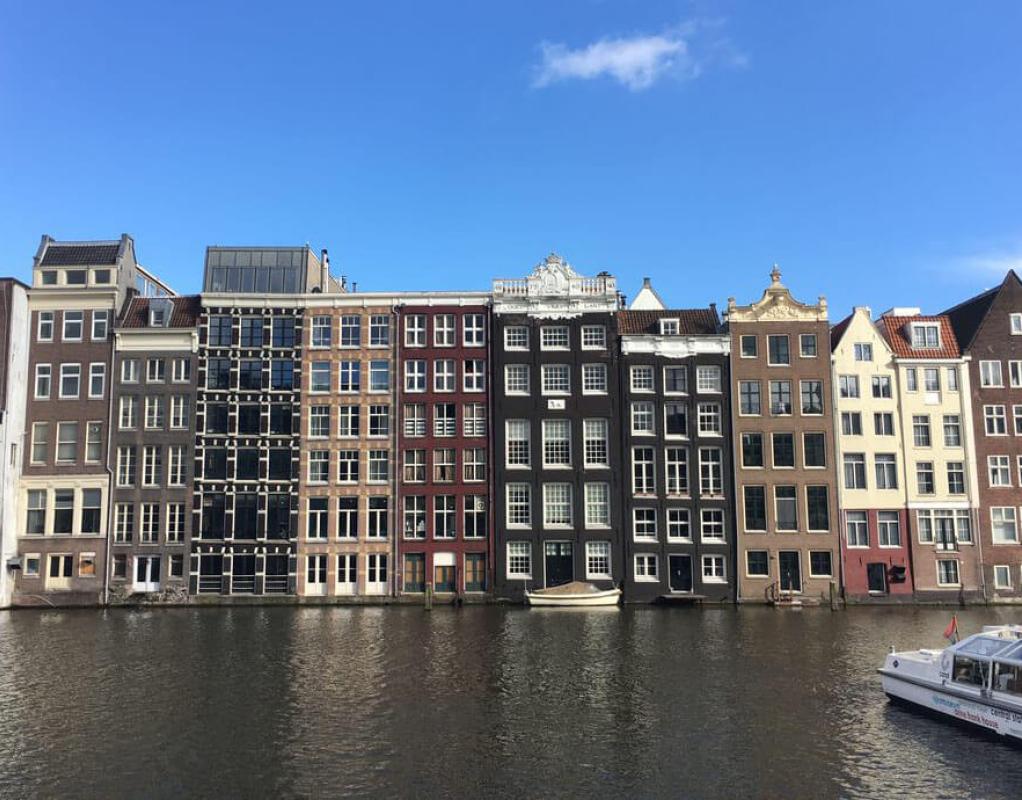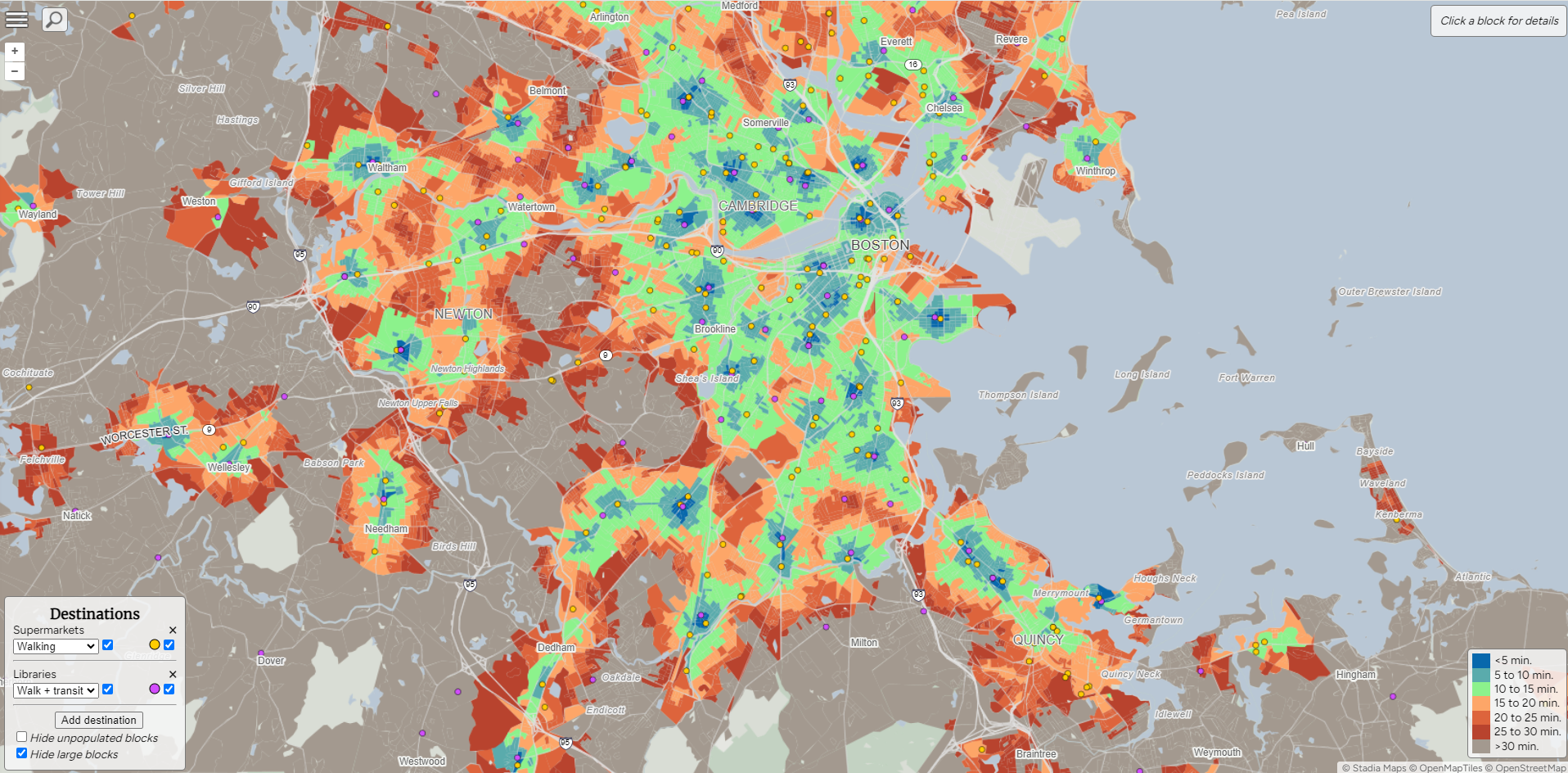stick n move
Superstar
- Joined
- Oct 14, 2009
- Messages
- 12,092
- Reaction score
- 18,865
I was just recommended an interesting video by “About Here” who talks about why apartments in north America are so large and end up as 5 over 1 style 90% of the time vs in other countries where you can have 5-6 story buildings that are very skinny and much more varying in size. In the US every building above 3 stories has to have 2 stair cases (except in a couple cities who opted out), which leads to very wide buildings with central hallways. In essentially the entire rest of the world besides the US and Canada buildings are only required to have 2 stair cases above 6 stories. This means up to 6 stories they are allowed to only have 1 staircase, which means they are still allowed to build buildings like this, which is very hard to build in the US.

Heres the link to the video:

Heres the link to the video:

